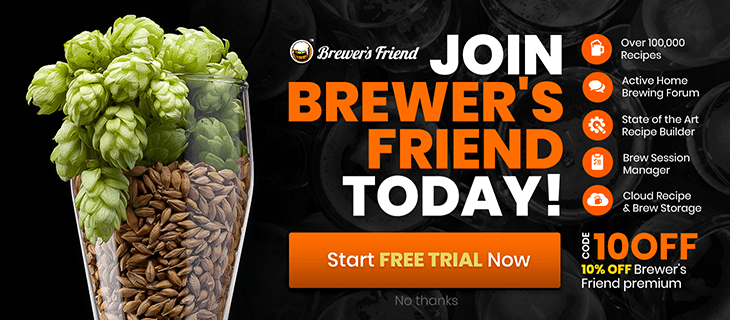- Joined
- Feb 26, 2023
- Messages
- 59
- Reaction score
- 113
- Points
- 33
Hey guys, its me again.... lol. My first post from the other day (thank you all for the guidance) resulted in a bunch of time googling "beer stuff" online and reviewing my homebrew setup and processes. I have only made 4 batches so far, with my 4th being the Cream Ale where I missed my starting gravity (see "Acceptable Fix?") and my 3rd being a "kit" IPA that has been bottle conditioning for going on two weeks at this point. Unfortunately, I thought I was improving my process by running #3 through a fine sieve while transferring to the bottling bucket..... I know, dumb idea. I realize that now.
Other than developing a "wet cardboard" taste, are there any other risks? From what I have read, it doesnt sound like it will make me sick or anything. How perceptible is the wet cardboard taste? Will I know right away that the beer has oxidized or will it be more subtle? Am I at less of a risk having gone directly into the bottles with priming sugar, or was the damage already done?
I will thank you again for being kind to a newb......
Other than developing a "wet cardboard" taste, are there any other risks? From what I have read, it doesnt sound like it will make me sick or anything. How perceptible is the wet cardboard taste? Will I know right away that the beer has oxidized or will it be more subtle? Am I at less of a risk having gone directly into the bottles with priming sugar, or was the damage already done?
I will thank you again for being kind to a newb......









